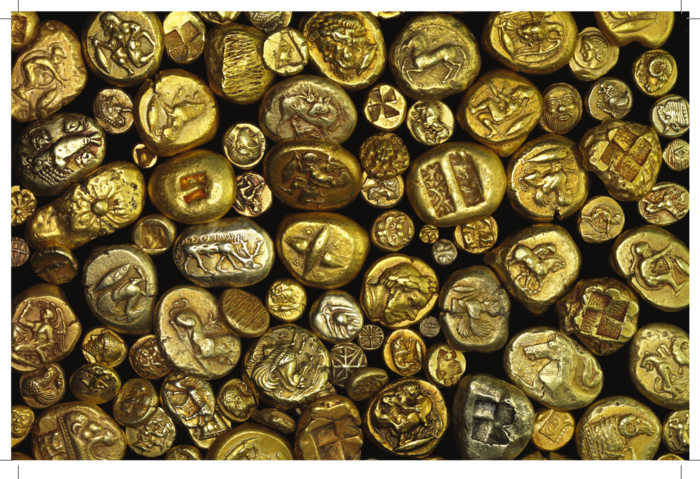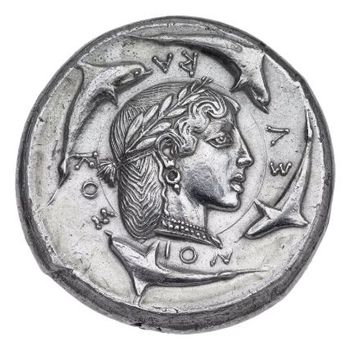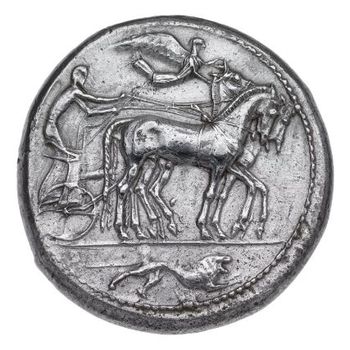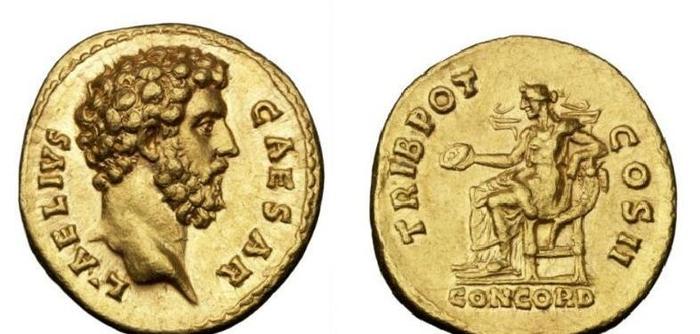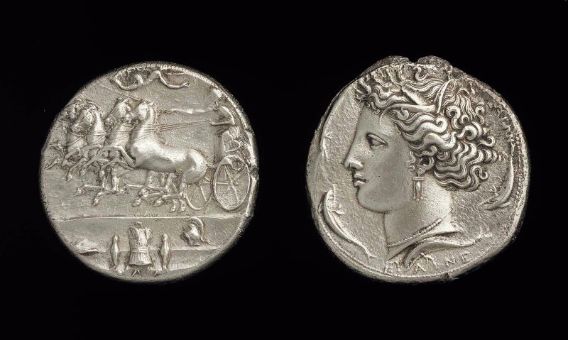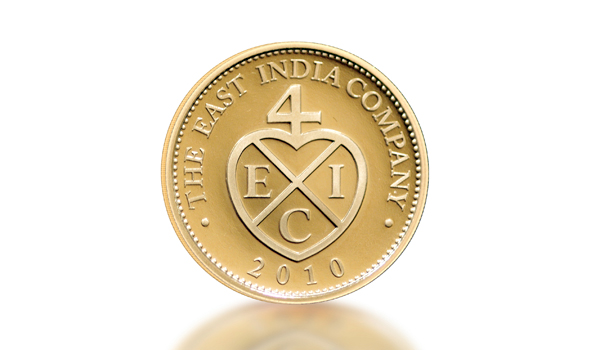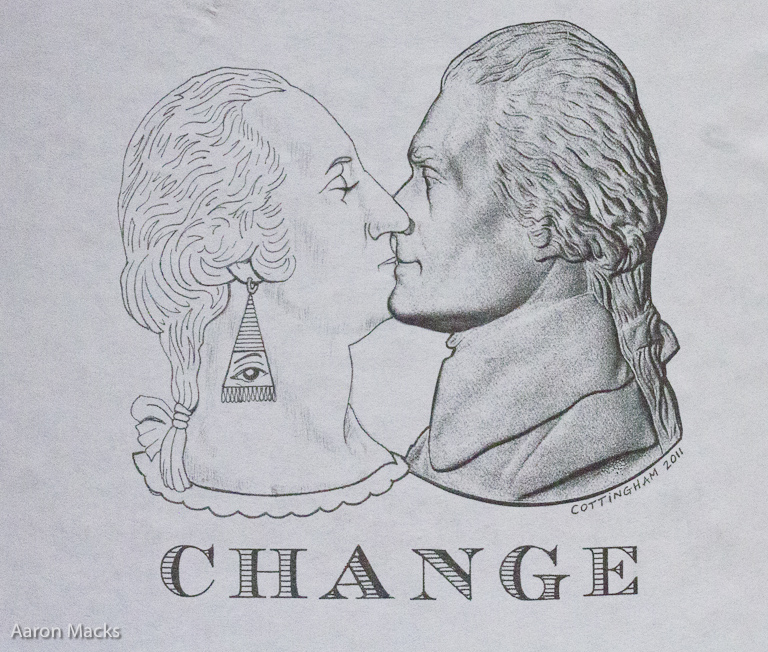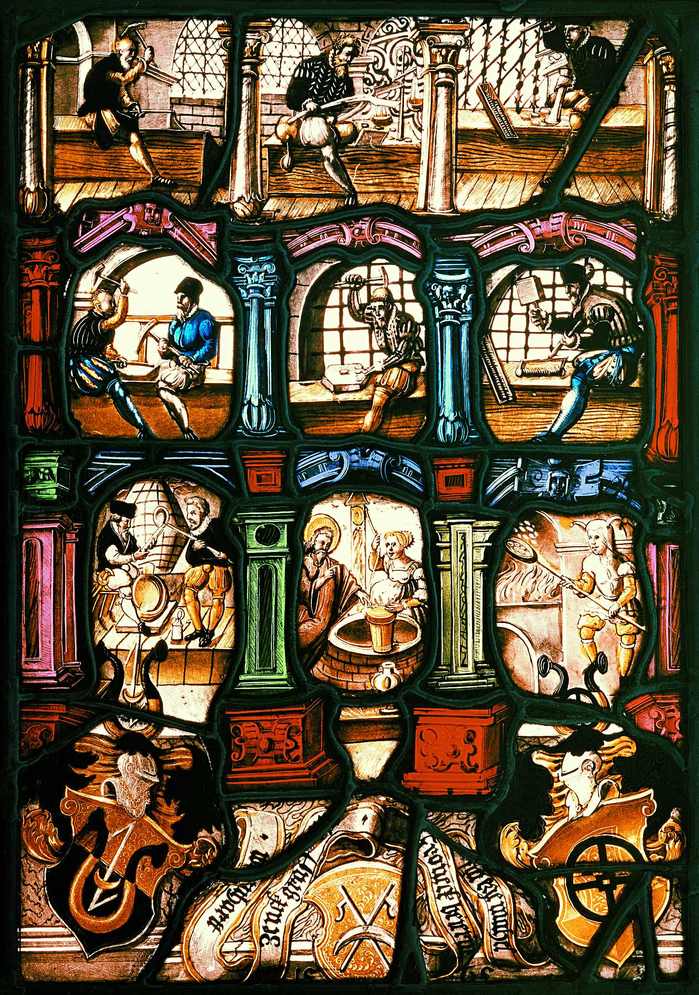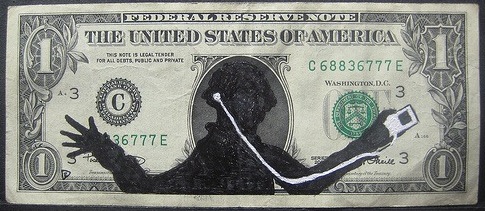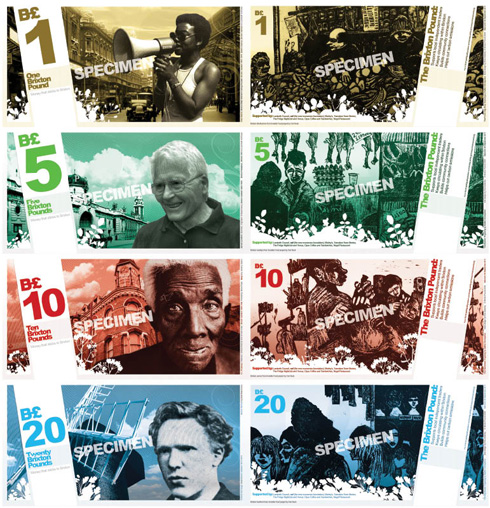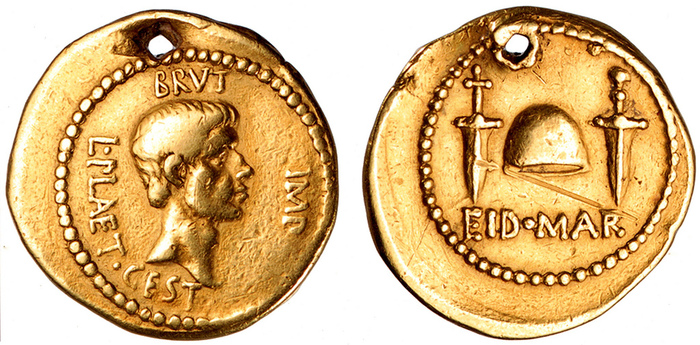
This coin has been the subject of much debate as to its authenticity. Its provenience can be traced back to the 1930s or there about:
- Represented by plaster casts from the 1930s at the BM and ANS
- Published in: H. A. Cahn, "Analyse et interprétation du style,"
Congrès
international de numismatique Paris 6-11 juillet 1953 II. Actes
(Paris, 1953) (location unknown between 1930s and 1953)
- In the Biaggi Collection from around that time until Biaggi's death in the 1970s.
Michael Crawford, a noted expert on coins of Republican Rome, declared it a fake, based on examination of the casts, in the 1974 edition of
Roman Republican Coinage. He has since reversed his position based on seeing the actual piece.
Now an excerpt from yesterday's BM press release:
Brutus chose to commemorate Caesar's murder through the issue of coinage, which carried his portrait, the date (EID MAR), as well as images of assassins daggers and a "pileus" or freedman's cap, symbolic of Rome's escape from tyranny. It was produced in 43-42 BC at the mobile mint of Brutus and his fellow conspirators, who had by this time fled Rome for Greece. Unusually the coin's significance was recognised in antiquity and it was described by Cassius Dio in the second century AD:
"
Brutus stamped upon the coins which were being minted his own likeness and a cap and two daggers, indicating by this and by the inscription that he and Cassius had liberated the fatherland."
Cassius Dio (47.25.1)
Silver coins (denarii) of this type, issued by Brutus after he and his fellow conspirators were driven from Rome, are unusual enough with around sixty examples known. Gold coins (aurei) of this type are extraordinarily rare with only two known. This coin, which is owned by a private collector, Michael Winckless, has been generously lent to the British Museum on a long-term basis and will go on display in the Museum's Roman Empire gallery (Room 70) from the "Ides" of March.
(
source)
A

